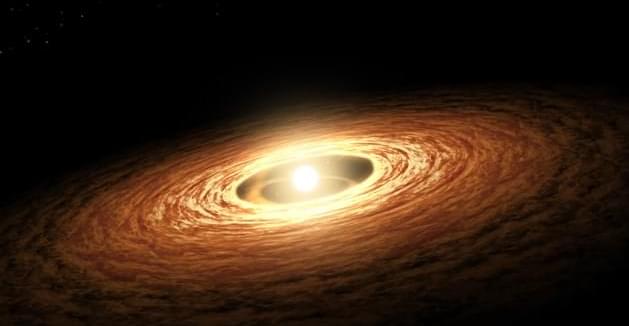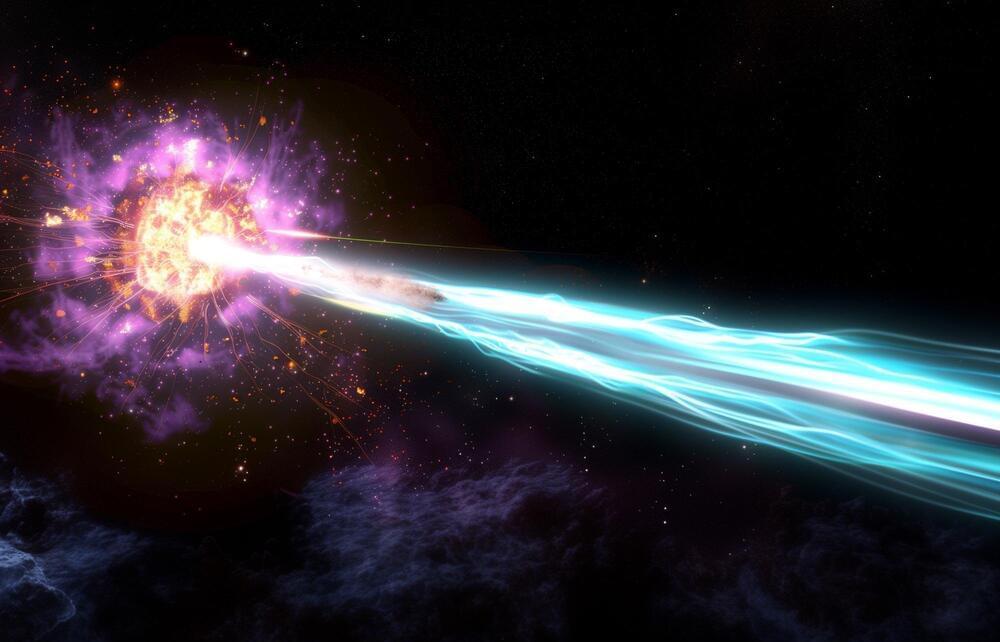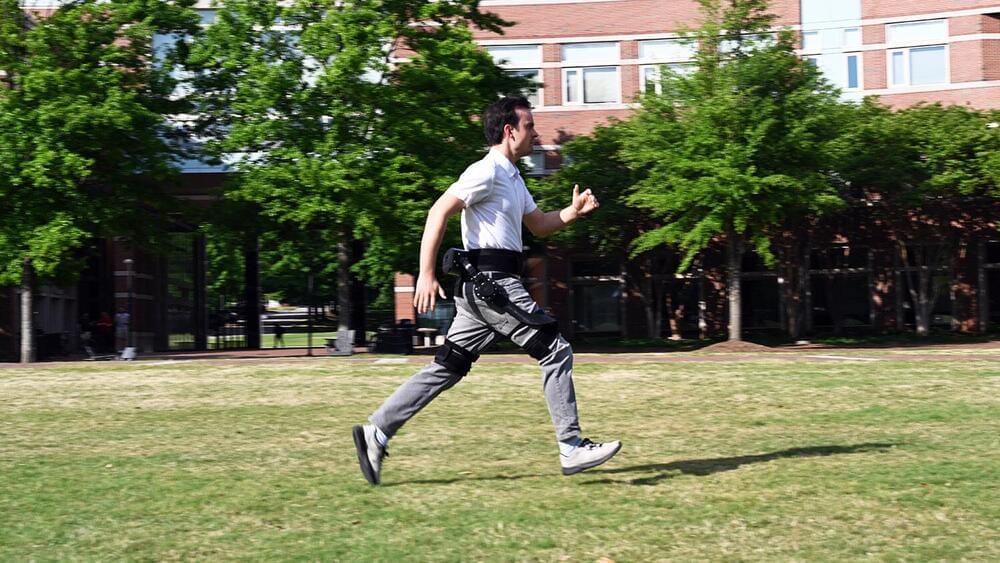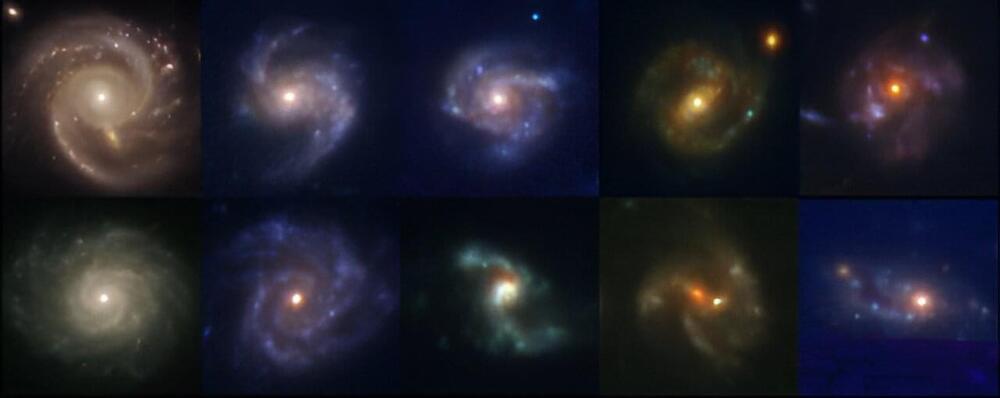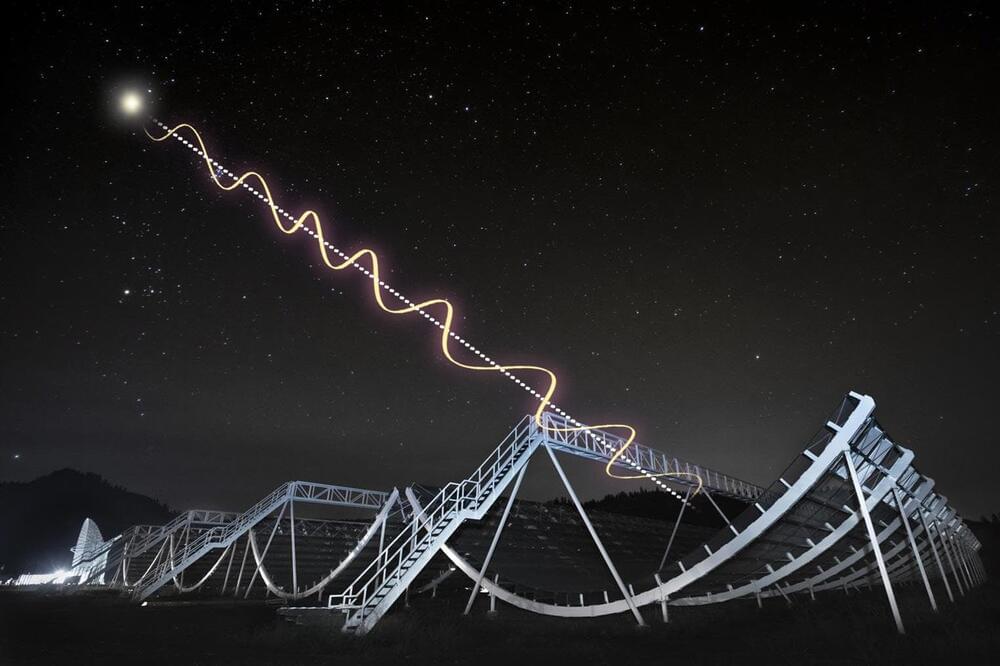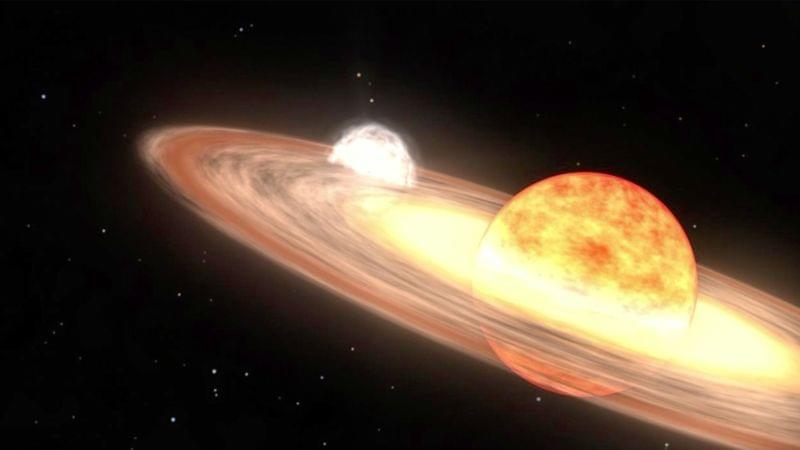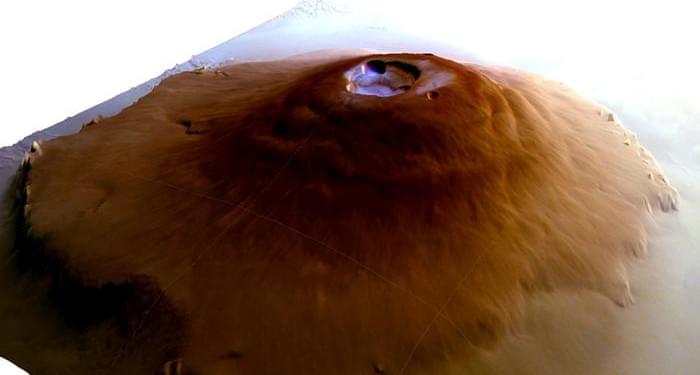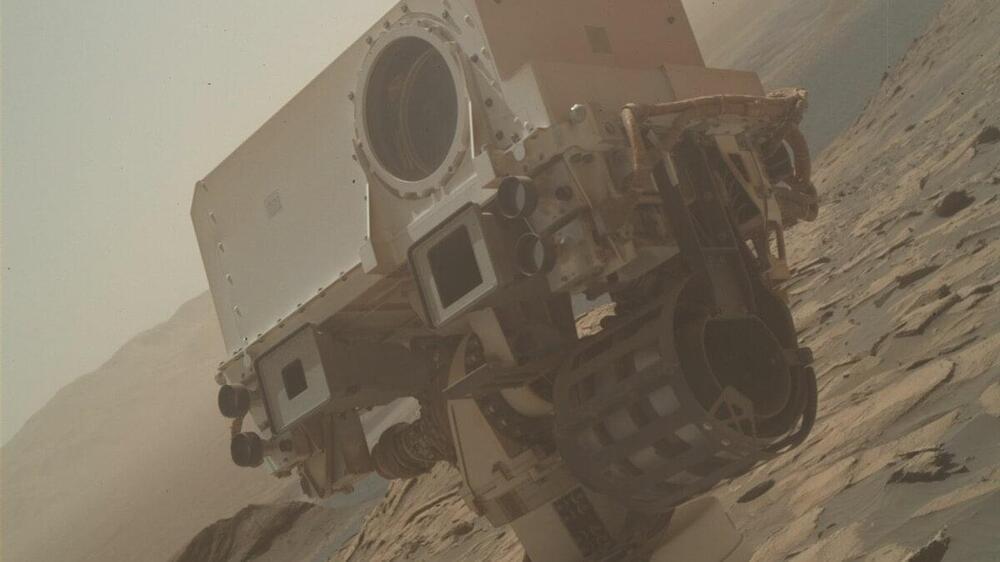Jun 13, 2024
Webb Finds Plethora of Carbon Molecules Around Young Star
Posted by Saúl Morales Rodriguéz in category: space
An international team of astronomers has used NASA’s James Webb Space Telescope to study the disk of gas and dust around a young, very low-mass star. The results reveal the largest number of carbon-containing molecules seen to date in such a disk. These findings have implications for the potential composition of any planets that might form around this star.
